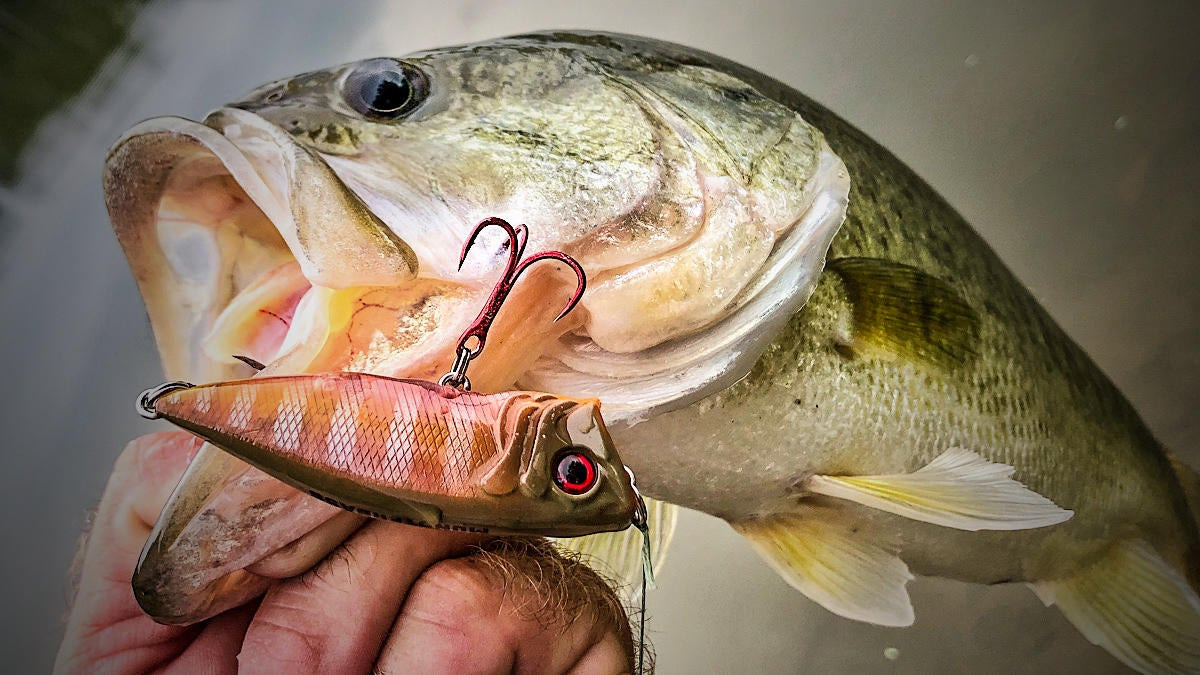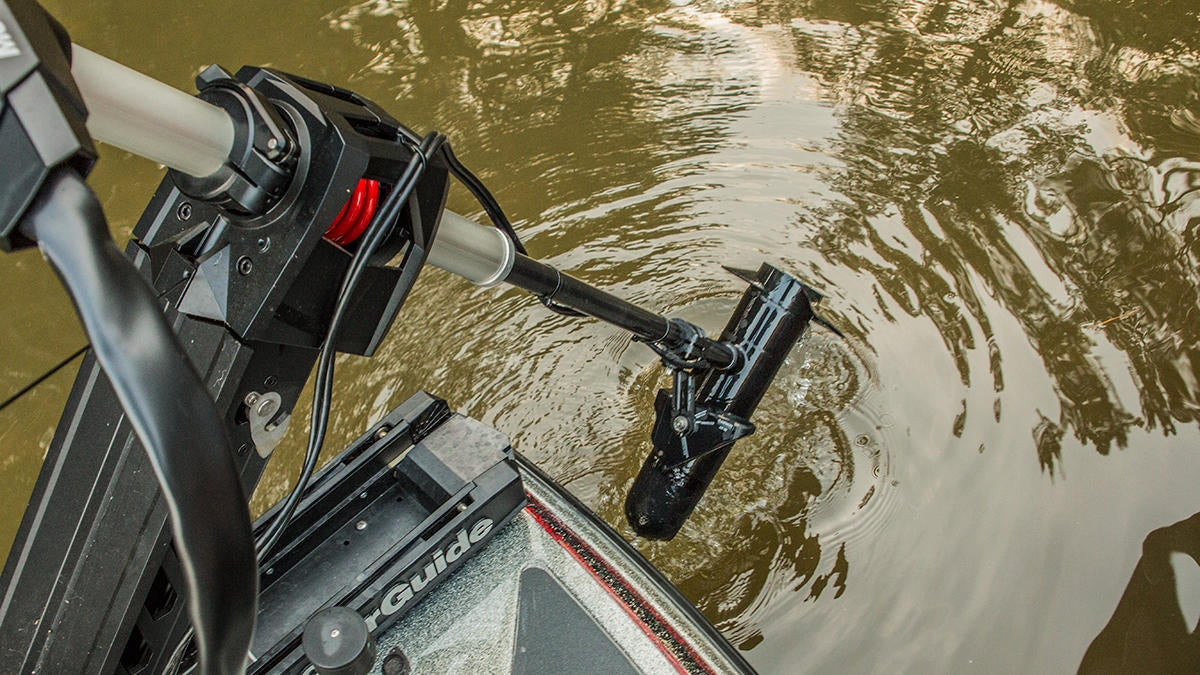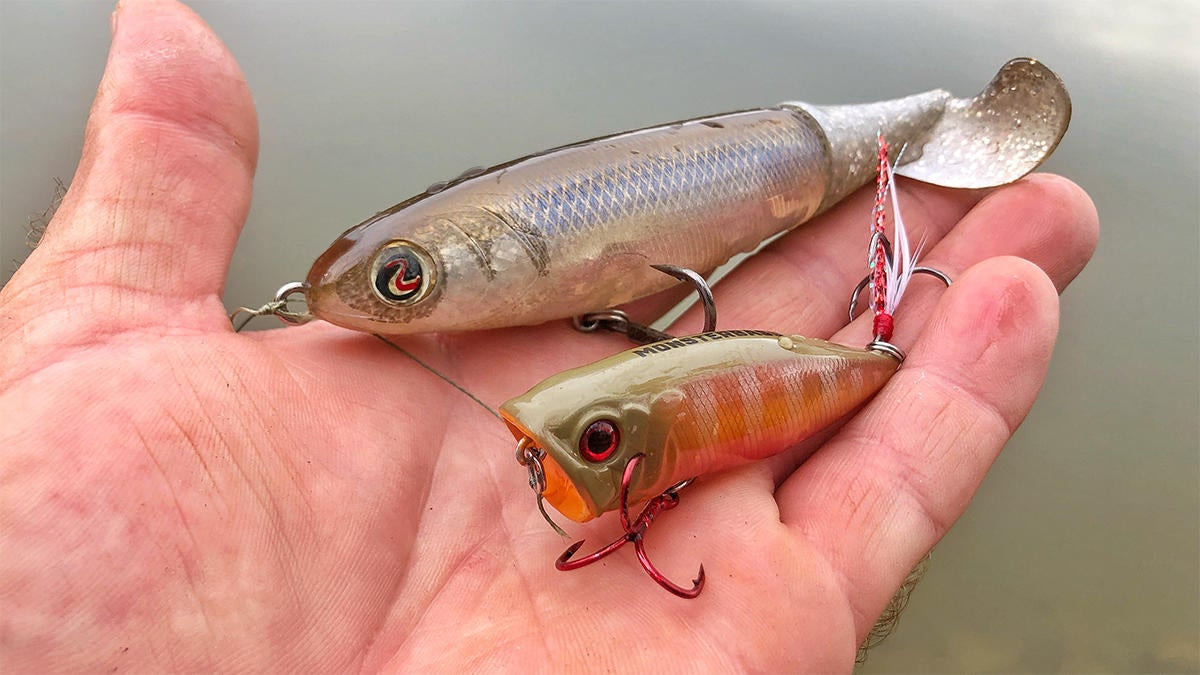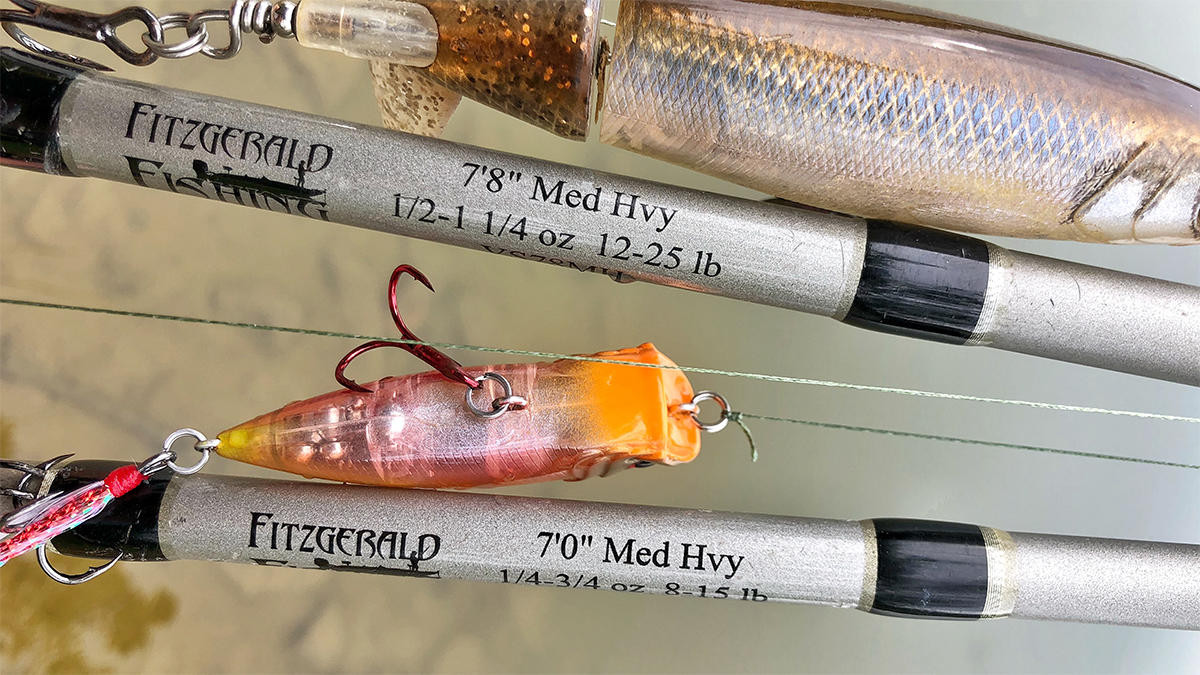Warning: Undefined variable $k in /home/nginx/domains/wired2fishcom.bigscoots-staging.com/public/wp-content/themes/understrap-child-0.6.0/functions.php on line 984
Warning: Undefined variable $k in /home/nginx/domains/wired2fishcom.bigscoots-staging.com/public/wp-content/themes/understrap-child-0.6.0/functions.php on line 987
Summer has reached its clammy, nasty climax; across much of the country you can’t walk outside without breaking a sweat right now. As a result, fishing has become much less appealing. The shad spawn has long since come and gone. Likewise, the early summer ledge bite full of fresh fish eager to feed up and naive enough to hit anything has been beat to death. The thermocline has pushed deeper and deeper, pulling a large population of bass to the deepest depths they’ll visit all year. Thus fishing deep has become far more of a chore than a leisurely pastime.
It’s around this time of year each summer that many anglers opt to bail out. It’s just too hot.
Whether you have problems at home or not, the old country Mark Chestnut song starts to ring out in our ears.
“It’s too hot to fish, too hot to golf and too cold at home.”
Anglers turn the lakes and rivers over to the ever-increasing number of pleasure boaters who have turned our favorite fisheries into wave pools as they look to soak up the last days of summer. And it’s simply hard to have fun out there.
But alas, I’m here to encourage you today not to give up just yet. Now is actually the time to experience the last and most exciting bite of summer in my opinion – targeting small schools of big bass shallow as they scour the shorelines. So let’s talk about that bite now.

What are wolfpacks of bass?
A term that has really taken hold over the last 10 years or so, a “wolfpack” of bass refers to a small school of bass that runs the shallows. You see this starting in the spring as bass begin to spawn all the way into the fall as fish feed on shad and bluegill in the shallows. But the true root of this term and subsequent style of fishing, in my opinion, is found in the late summer.
That’s when you’ll see a lot of fish bail on the offshore deal as the warmer water temps push deeper and deeper. Lots of the older, more experienced bass choose to head shallow in order to alleviate the pressure that 25-plus feet of water puts on them. Hitting the banks, they seek refuge from the sun in the shade of docks and trees and have a plentiful food source in the form of shallow spawning bluegill and bream.
As more and more of these typically bigger bass head shallow, they run into each other and group up in small schools. Running together down the bank, they hunt like a pack of wolves, using their numbers to ambush and corral their prey. Knowing that this is going on, anglers can take advantage in several ways. So let’s talk about how to fish for wolfpacks of bass.

Boat positioning and pursuit
This style of fishing has a very particular strike zone. These schools of bass will run right along the bank, so shallow at times their dorsal fins will stick up out of the water as they swim along. It’s a very visual style of fishing, where you’ll often be able to see the fish cruising along in a couple feet of water up to mere inches.
Knowing the strike zone is so shallow, you’ll typically want to parallel the bank, meaning you’ll want to keep your boat close to the shore and throw your bait straight down the bank. You’ll also want to keep a constant eye out, looking up and down the shoreline for any sign of fish making a wake, bait skipping along the surface trying to escape or the actual clear sight of fish in the water that you’ll see quite often.
The only real drawback to this style of fishing is that bass can be few and far between. You’ll experience hours of boredom interrupted by moments of sheer insanity. So one of the keys to this technique is covering a lot of water. You’ll want to have your trolling motor set somewhere between 50 and 70 percent a lot of the time and just keep cruising right along.
Obviously though, if you’re going to be covering this much water, you’ve got to have the right bait in hand. So let’s look at what baits are best for this style of fishing now.

Baits to use
During other times of the year, there are certain baits better suited for this bite. But in my opinion there’s only one right presentation for these small schools of super-aggressive bass in the late summer and that’s a topwater. A topwater allows you to cover more water by throwing farther and drawing fish from greater distances than other baits like a wacky rig would.
Topwaters also do a great job of mimicking the forage these small schools are after. Resembling a struggling bream or bluegill along the surface, topwaters quickly draw the attention of the bass and create an immediate feeding frenzy as competition ignites the school and the bass forgo close inspection of the bait for fear of missing out.
Poppers, walking topwaters and twin-prop baits are great, but prop-style baits like the River2Sea Whopper Plopper and Berkley Choppo are my favorite for this style of fishing. They create a lot of commotion, can be thrown long distances with accuracy and are very effective at hauling big ones to the boat once they bite.
Accuracy is a very important thing to note here as you’ll need to capitalize when you do run into a school and placing the bait softly right in front of the fish can be the difference in the bite of a lifetime and the fish seeing you and spooking before you get a shot at them. Being accurate largely depends on having the right rod, reel and line combo. So, guess what we’re going to talk about next…

Suggested rod, reel and line combos
For the larger prop baits, I like 40-pound Sufix 832 Braid and a fairly large rod with a high-speed reel. I personally use a 7-foot, 6- or 8-inch medium heavy rod. It allows for some real bomb casts and also makes for an easy boat flip when the fish nears the boat. Add to that a high-speed Lew’s Super Duty Speed Spool and you have a great combination capable of making long casts, burning the bait back between casts and planing big ones off and horsing them in when you do get a bite.
I’ve found with this style of fishing and this exact setup, as long as the fish isn’t hair-lipped which you can typically visually see, it’s best just to plane them off and haul them in versus “playing” a fish like you might with lighter line and a different bait.
Take a popper, for instance. Also a great bait for this style of fishing but one I employ more when I know exactly where a bream bed is and I’m not in search mode with a big prop bait.
For a popper like this, I’ll use a 7-foot medium heavy rod with a 7:1 Lew’s LFS Speed Spool and 30-pound braid. The fight is totally different with this setup. If I were to crank down on the drag and rush the fish in with a popper, I run the risk of the braided line bending the small treble hooks. Instead, I’ll back off the drag a bit and play the fish a little more as I ease them to the boat.
It’s hot out there… I get it. But it’s this time of summer that you’ll experience some of the most memorable fish catches of the entire year if you stick it out. I will even lay off of fishing a bit just prior to this time of year myself to kind of prevent burnout before the best bite can get here. I’ll take a few weeks off in preparation for what’s to come and then hit the water fired up with full expectation of whacking a shallow sack of big ones.
Put a bait in your hand with which you can bomb cast, put the trolling motor on high and hug the bank. Cover water and don’t let your guard down. Make accurate and consistent casts so when the opportunity does arise and you cross paths with a wolfpack of bass, you’ll never skip a beat and lay the bait right where it needs to be. Then… simply, enjoy.
There’s nothing like watching a wad of big ones fight over a topwater.
Nothing.












